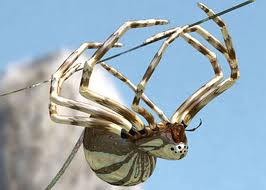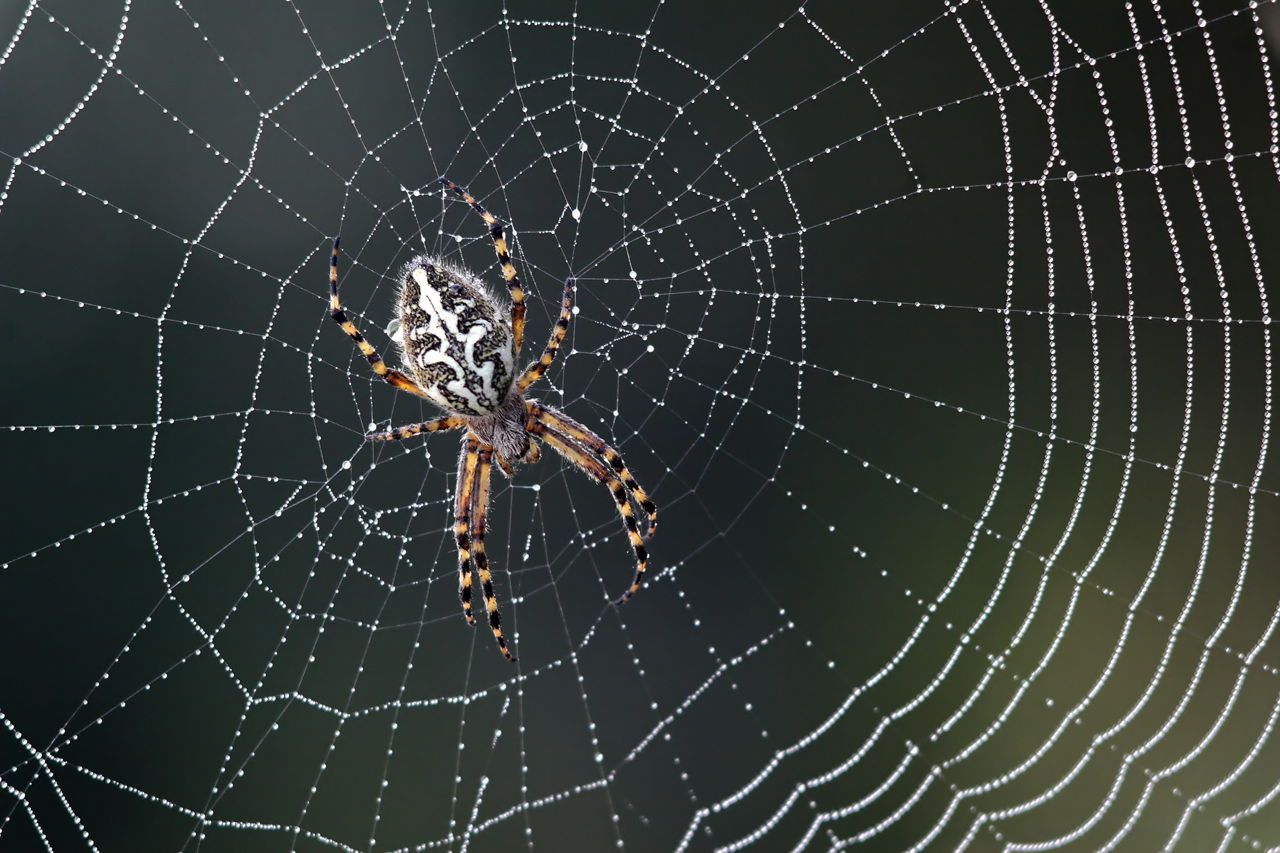


The final programme in the series addresses some of the conservation initiatives around the world that recognise many iconic predators are struggling to survive in a world that, for them, is shrinking rapidly.Silverbacks Genus Idiommata, family Barychelidae The Hunt makes one acutely aware that many of the animals featured and many others on Earth are under threat because of conflict with humans. Making pre-planned detours when hunting prey is the sort of sophisticated behaviour you see in lions it seems by making best use of limited brain resources a small spider can achieve a predatory strategy that rivals that of a large mammal.

But even this behaviour is flexible, as spitting spiders that are carrying eggs and cannot spit are approached head on. For example when approaching a spitting spider they approach from the rear even if this means going out of their way. If deception doesn’t work Portia switches tactic, planning the route to its prey and taking detours even when direct paths are available.
#Silverback spider trial#
In other words, they derive signals through trial and error – problem-solving behaviour you wouldn’t expect from a spider. Portia can generate an almost unlimited number of signals and adjusts them in response to feedback from prey. Their hunting behaviour is visually guided and includes aggressive mimicry, a form of deception where, on locating a spider, they manipulate the web by plucking it, imitating a small ensnared insect. In fact their capacity to innovate and learn is more reminiscent of dogs and cats. Jumping spiders of the genus Portia feed on other spiders and display remarkably complex and flexible hunting behaviour for an animal with a brain made up of just a few neurons. The series also explores the tactics of some smaller, less familiar predators.

Usain Bolt generated just 25 watts/kg during his 100 metre world record. The slow motion photography used to film their hunts gives a sense of both nimbleness and speed but also their astounding power – 120 watts per kg of muscle – twice that of greyhounds and four times that of racehorses. They therefore make a trade off – speed for manoeuvrability – which is a common strategy in biological systems. When going flat out, cheetahs can’t track these turns efficiently. A recent study of naturally hunting cheetahs recorded a male, named Ferrari, at a top speed of 93 km/hr (58 mph).īut in spite of their ability to run incredibly fast, cheetahs rarely hunt at top speed to be successful, they have to balance pace with the agility needed to catch animals like gazelles that use quick turns as an escape tactic. They are recognised as the fastest land mammal on earth. Unlike wild dogs who depend on stamina and cooperation, cheetahs are mostly solitary hunters relying on speed and agility. Strength in numbers means wild dogs can take on much larger animals. It illustrates why they are the most successful hunters on the plains and can bring down prey ten times their size: they hunt in co-ordinated packs led by a dominant individual and have immense stamina, travelling up to 60 km/h for up to 5 km. The series’ “car chase” footage of African wild dogs, achieved using gyro-stabilised camera mounted on a vehicle, puts you alongside the pack as they hunt. The series, which we worked on as academic consultants, captures hunting behaviour that has not been filmed and in some cases not even seen before: polar bears climbing 300 metres up a cliff in search of chicks and eggs Darwin’s bark spider, only described in 2010, constructing a web by spraying a strand of silk 25 metres across a river to serve as a bridging line from which the web is hung (the silk is ten times stronger than Kevlar, the material used in bullet-proof jackets) and footage of Arctic foxes leaping vertically into the air, plucking auks out of the sky.


 0 kommentar(er)
0 kommentar(er)
